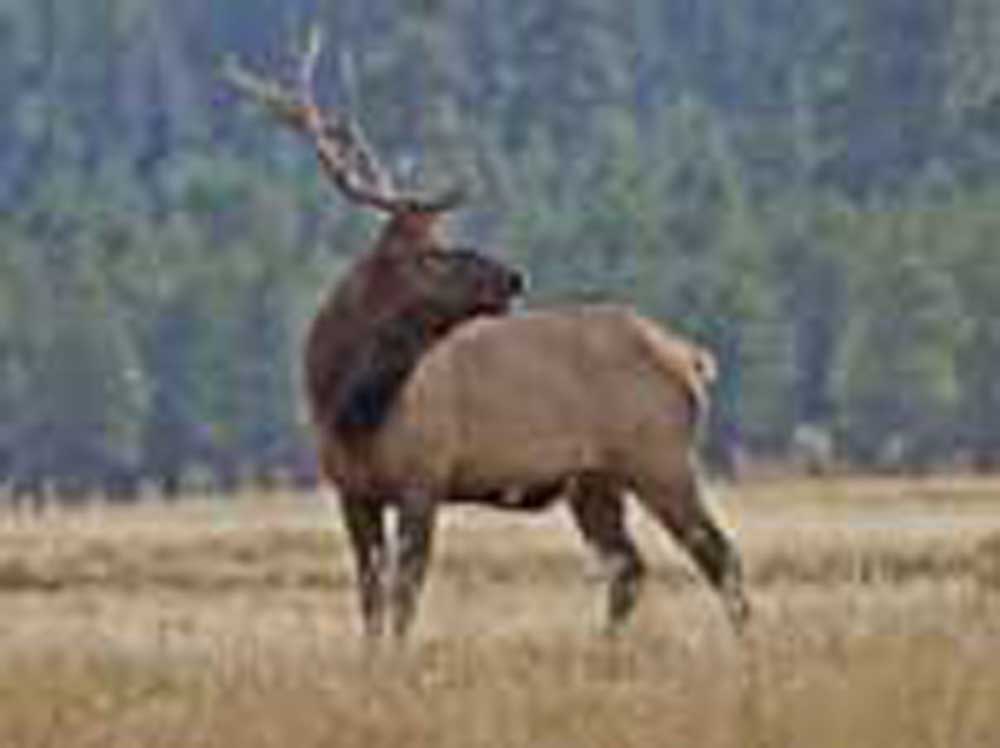A herd, a horde and/or a gang of problems
Published 4:00 pm Tuesday, December 30, 2008

- <p>A herd, a horde and/or a gang of problems</p>
You’ll find it hard to believe, but the afternoon before the bitter weather hit, my daughter harvested (from the unsheltered garden) leaf lettuce, Bok Choy and Swiss Chard, enough to give us salad for several days! That was the 12th of December. Amazing!
Trending
Pat Edley’s report from the December 8 Nehalem City Council meeting mentioning our problems with errant elk was more than timely. Although “herd” is correct for a group of these massive members of the deer family, “horde” in this sense seems a more appropriate description.
Actually, wapiti, the Indian word for elk, has been much written about. I found that Washington Irving, as long ago as the 1850s, referred to them as a gang, a term long used in Europe for a smaller deer. With the way these beasts torment us and our landscape, maybe gang is the correct word after all.
Our lawn is just grass, so being trampled upon doesn’t do appreciable damage, but wapiti/elk can tear up the garden. There is only one thing for which they are useful: their droppings of scat (or whatever you want to call it) are a useful addition to the compost pile should you have the inclination to go out and scoop it up. Elk and deer are ruminants, their droppings being similar to rabbits. On the whole, it’s usually quite solid and easy to collect if you get it before it’s been trampled or rained heavily upon. A doggy pooper-scooper works well, but a shovel or spade does the job.
Trending
Once more, our Chamaecyparis, or Lawson Cypress, have been attacked and now all three are in disarray, looking like bonsai attempted by an unskilled amateur. One early morning, a bull elk was chomping on the one nearest the front door and west-facing window, ignoring window-knocking and yelling. Eventually, he got the idea that we preferred the tree as it was and ambled off to join his gang in the city park. A note of warning: an elk is a brazen beast and not an animal to be fooled with when you’re on the same side of the wall as he.
No, the elk repellant didn’t work this time. No doubt contributed to the heavy rains we’ve had.
If you’re tempted to put in primroses, be sure to protect them from ravaging deer – a favorite of these more gentle but ravaging creatures.
Now it’s time to go out and check everything in the landscape. The bitter cold didn’t do too much damage to most things, but inland, heavy snow broke, several branches on large shrubs. It’s okay to prune them off, and while you’re out there, check plants under the eaves and see whether or not they need watering.
The cold and snow brought us the usual year round birds and a few strangers to the feeders and many took to the ground where I had left perennials to go to seed. The plants look ratty, but the birds have enjoyed their plenty. We may consider the California Wax Myrtle a common and ordinary tree or shrub, but most of the birds have found their black berries a real treat. Consider adding one or two to your landscape. They can be allowed to become trees or pruned into a hedge or topiary.
The Anna’s hummingbirds are also bug eaters, but they do like their nectar.
I have been keeping the nectar fresh all winter, but when the temperature dropped, I forgot that nectar is mostly water. The little Annas were buzzing around and approaching the window before I realized what was wrong: their nectar was frozen solid. I refilled it and it stayed liquid for most of the day, but we’ve had to bring it in each night when the temperature drops below freezing.
Happy New Year, one and all!









